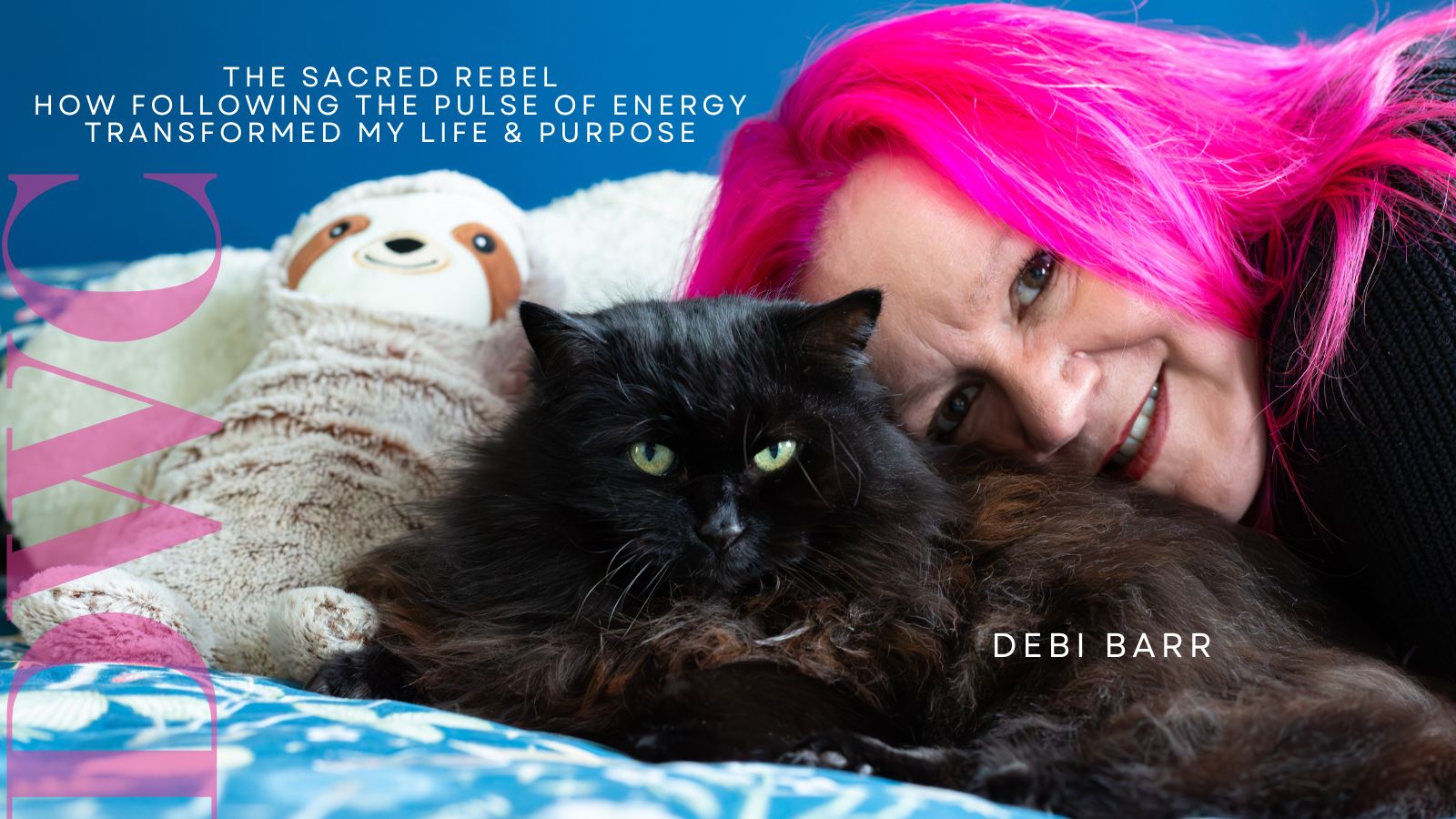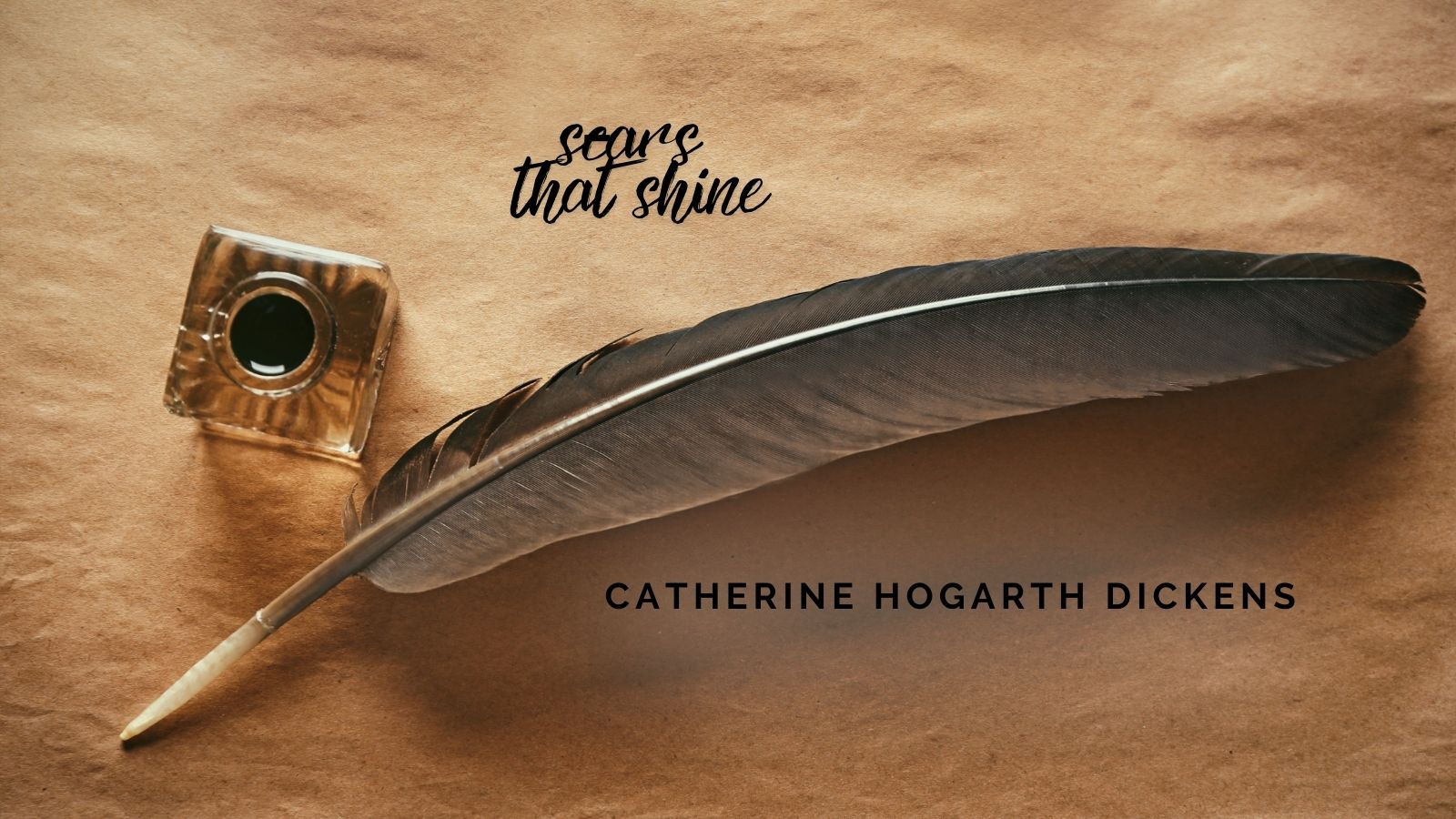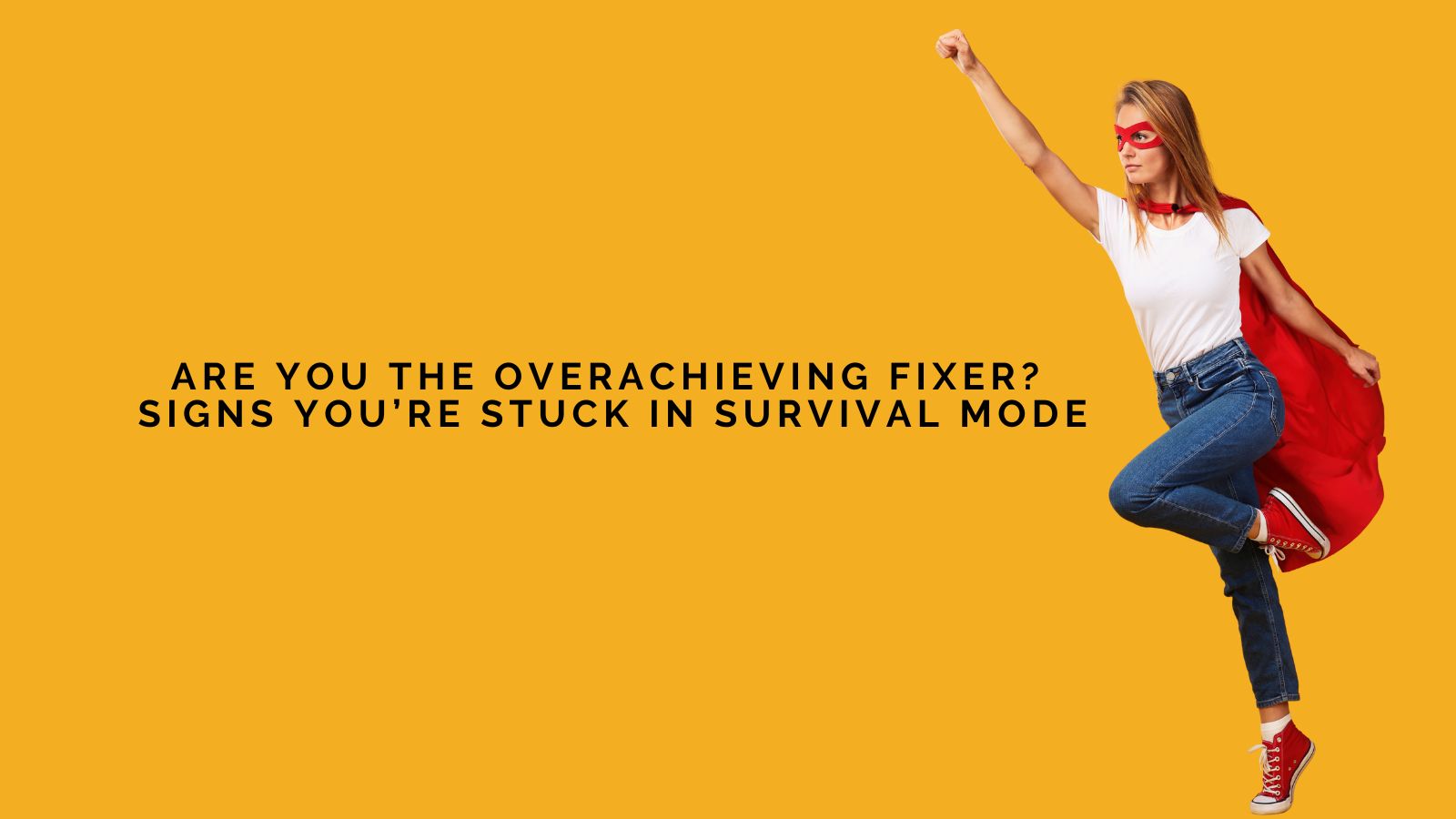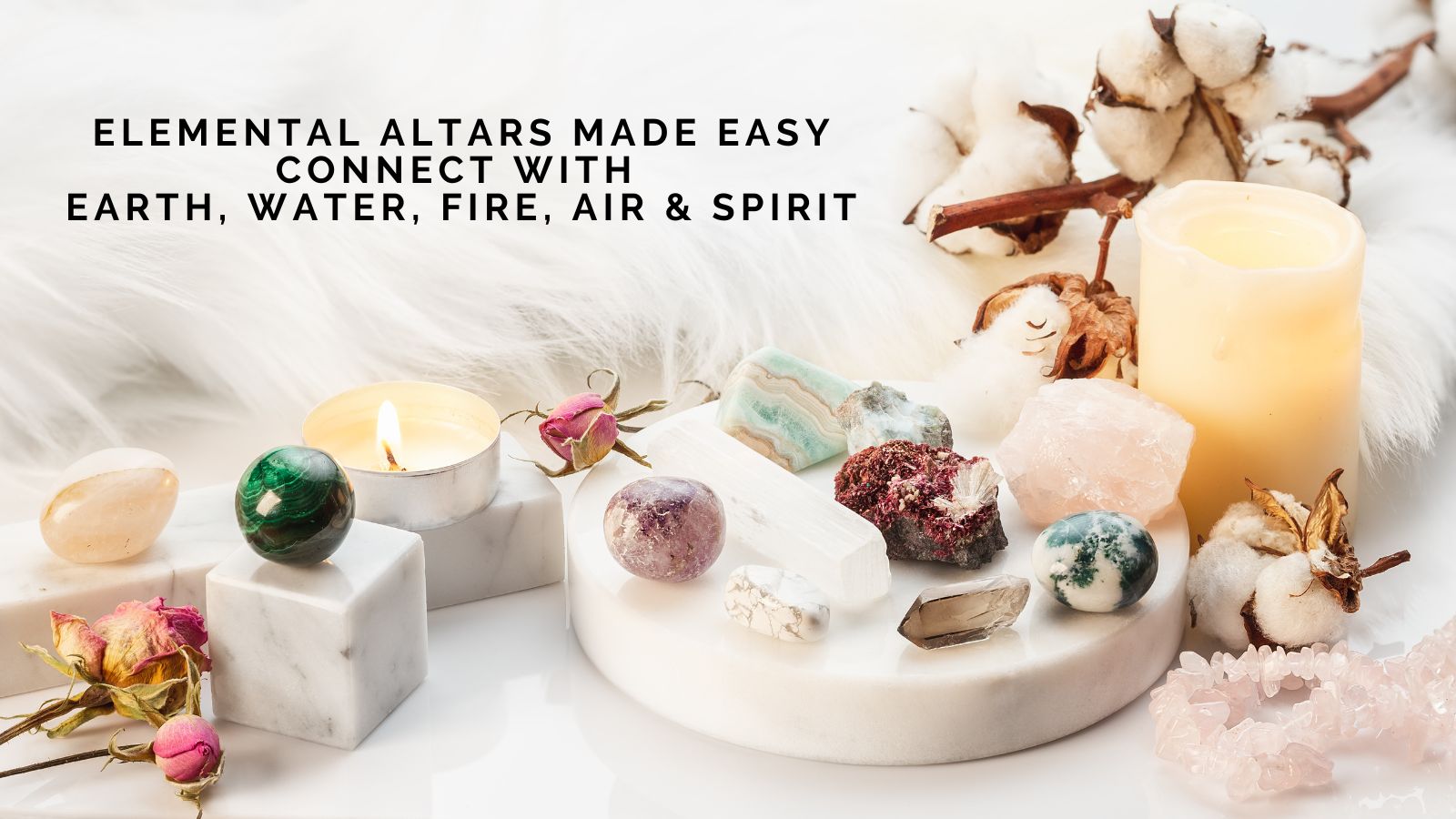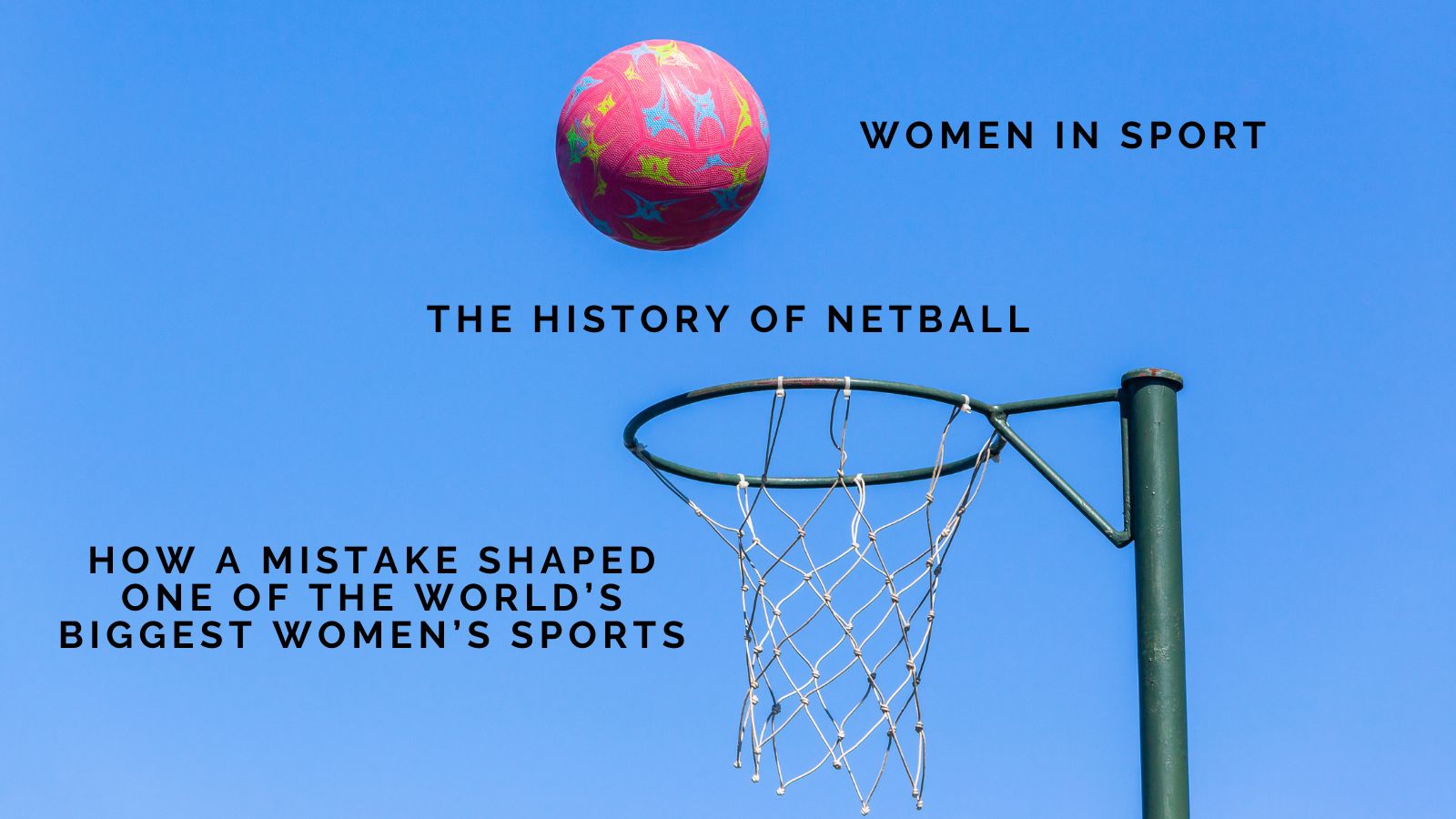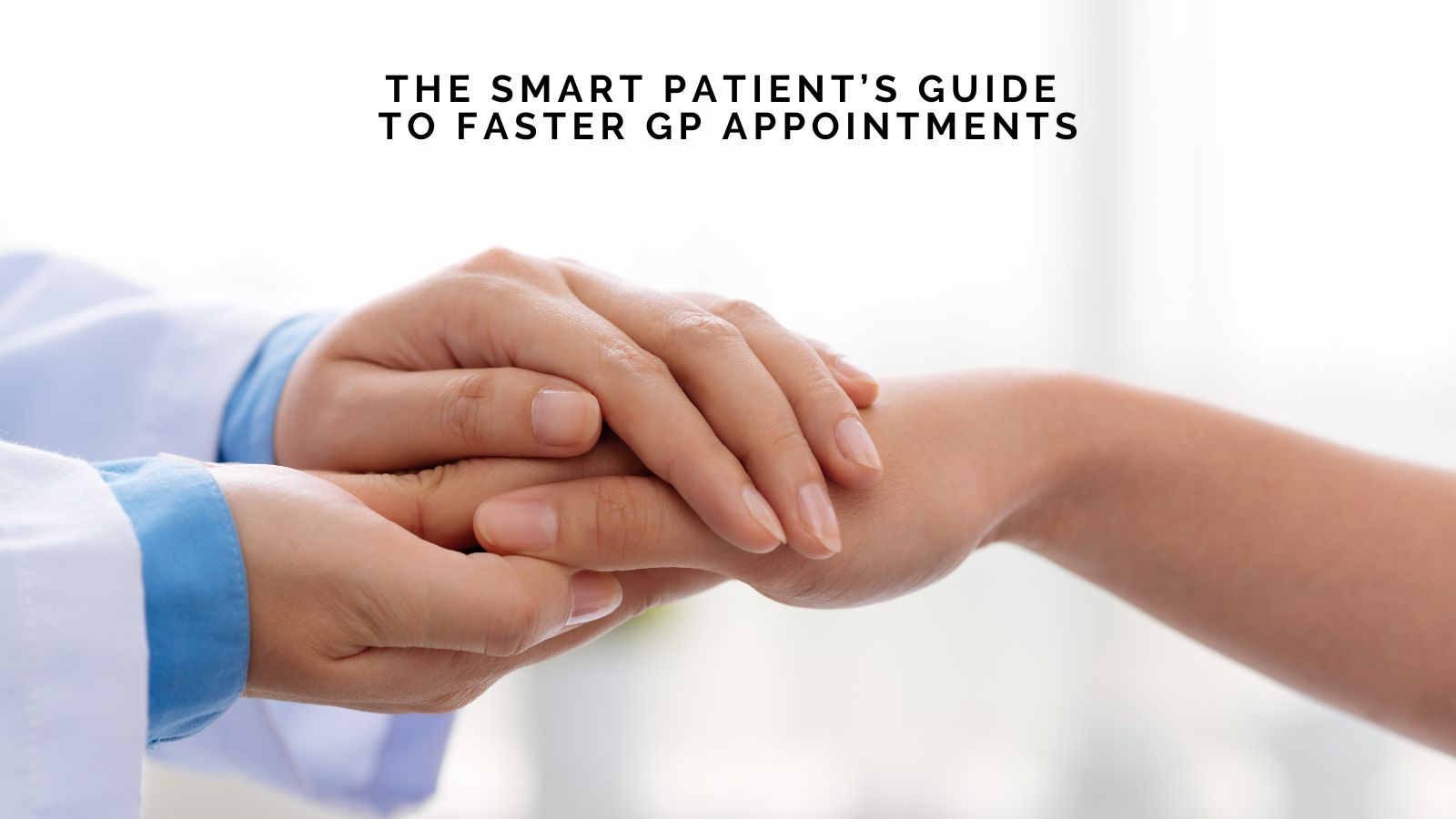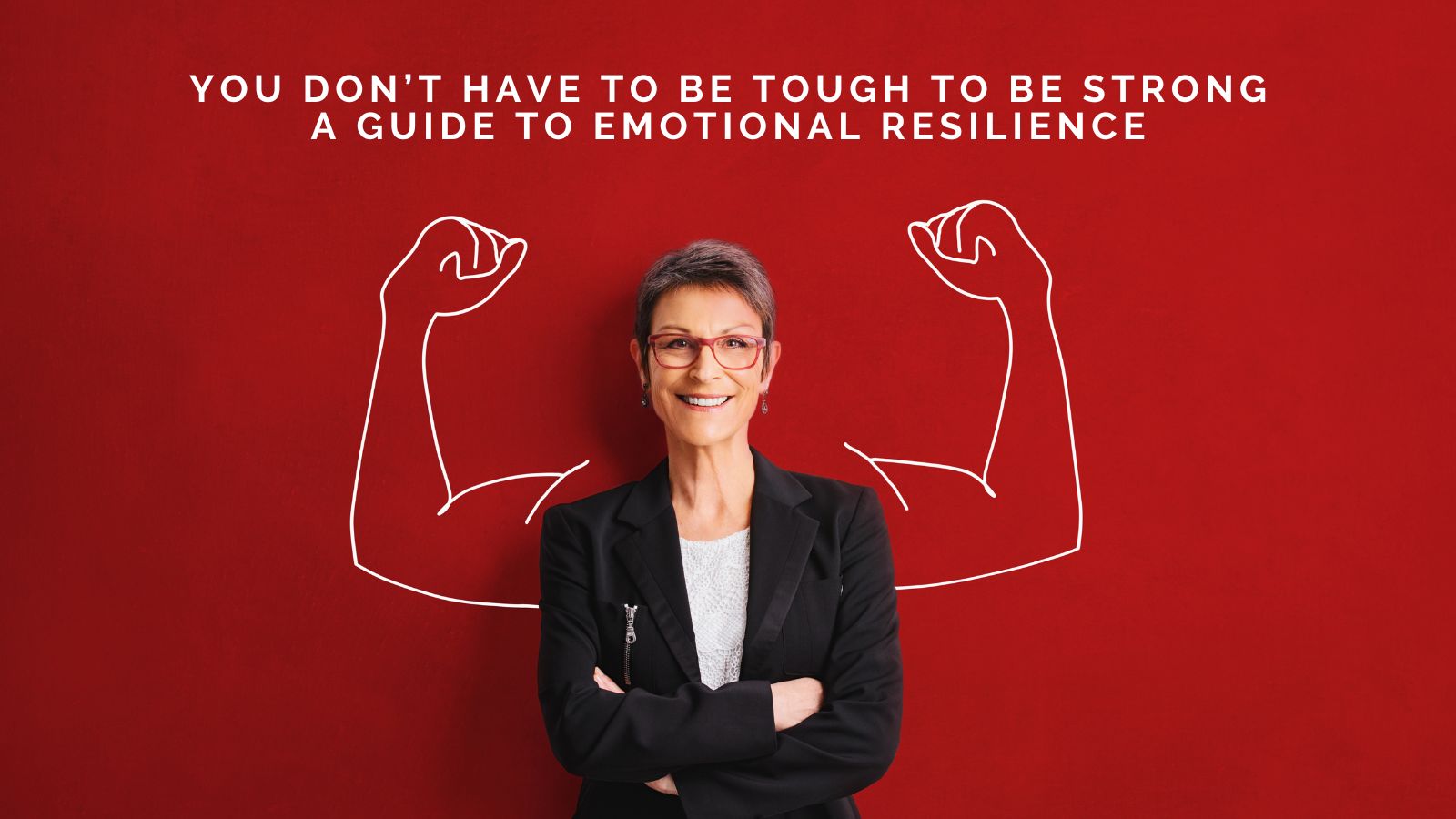
Life in your 20s and 30s can feel like a constant balancing act. You’re building a career, managing relationships, maybe starting a family . . . or simply trying to figure out where you belong. Add financial pressures, endless notifications, and a world that feels unpredictable, and it’s easy to become overwhelmed.
Most of us were taught that the way to handle it all was simple: be strong. Don’t cry. Push through. Hold it together. Pull up your big girl pants and get on with it. Keep calm and carry on.
But here’s the truth no one told us: real strength doesn’t come from holding everything in. It comes from learning to meet your emotions, not outrun them. This is emotional resilience, and it might be the missing key to creating a life filled with more peace, connection, and meaning.
The Myth of “Toughing It Out”
From childhood, many of us heard phrases like:
“Don’t be so sensitive.”
“Stay strong.”
“I’ll give you something to cry about . . . ”
We were taught to hide our pain. But here’s the truth no one told us: feelings don’t just disappear. They are energy, and energy is meant to flow. When we repress emotions, they don’t dissolve . . . they simply go underground, quietly shaping the way we love, work, communicate, and even how we see ourselves.
Over time, those buried feelings surface in unexpected ways: stress, anxiety, conflict, or self-doubt. Ignoring emotions doesn’t make them go away; it only gives them power beneath the surface.
True emotional resilience is different. It challenges the old idea of emotional management, where we’re taught to control, contain, or override what we feel. Resilience isn’t about denying your emotions, forcing yourself to “get over it,” or pretending everything is fine when it isn’t.
Instead, it’s about making space for your emotions to exist without letting them define you. When sadness, anger, fear, or anxiety arise, resilience invites you to sit with them, listen to their message, and allow them to flow through you. In doing so, you stop fighting against yourself.
Emotional resilience isn’t about perfection or constant calm . . . it’s about learning to stay connected to yourself, even in the middle of life’s storms. It’s knowing that your emotions are valid but temporary, and that beneath every wave of feeling there is a steadier part of you that remains unshaken.
Why This Matters Right Now
We live in a chaotic world. The noise never stops. Politics have become a dogfight, with constant division pulling us into stress and outrage. Careers are more competitive than ever, and many are working longer hours just to keep up. Family dynamics are shifting, with old expectations clashing against new ways of living. And then there’s social media: a never-ending feed that compares your behind-the-scenes struggles to everyone else’s highlight reel.
The pace of life can feel relentless, and for many it’s exhausting. Beneath the surface, people are quietly burning out. Anxiety rates are rising. Relationships feel strained. Loneliness and disconnection are more common than ever.
It’s not because we’re weak; it’s because our nervous systems were never designed to process this much stimulation, information, and uncertainty all at once.
This is why emotional resilience matters. Without it, stress builds until it spirals. When we learn to pause, breathe, feel, and reset, something powerful shifts. We respond with more clarity instead of reacting from old wounds. We become better communicators. We navigate conflict with less defensiveness and more compassion. And we begin showing up differently — in our relationships, our families, and even in how we care for ourselves.
Emotional resilience isn’t about “bouncing back” from hard times . . . it’s about bouncing forward — carrying greater wisdom, deeper empathy, and more self-compassion than before. It’s how we stop just surviving and start truly living.
Three Simple Shifts to Build Emotional Resilience
Feel It Instead of Fighting It. Your emotions aren’t the enemy. They’re messengers. When anxiety or sadness shows up, pause and notice it: “I’m feeling anxious right now.” That one step creates distance between you and the feeling, which makes it easier for the energy to flow.
Be Curious, Not Critical. When something triggers you, ask yourself: “What’s really underneath this?” Often, today’s stress is connected to old wounds or unmet needs. Awareness allows you to shift patterns instead of repeating them.
Choose Presence Over Perfection. Resilience doesn’t mean you’re always calm; it means you keep returning to yourself. A single deep breath, a short walk outside, or writing down what you feel can reset your nervous system and bring clarity when life feels chaotic.
The Ripple Effect
When you begin meeting your emotions with curiosity and compassion, everything changes. You create more space for joy, stronger relationships, and deeper self-trust.
And here’s the beautiful part: your healing affects everyone around you.
When you model emotional resilience, your children, friends, and loved ones learn to do the same. You break cycles of emotional suppression and replace them with connection and understanding.
You don’t need to have it all figured out. You don’t have to be perfect. You only need to take one conscious breath, one honest pause, and one brave choice at a time.
Because the strength you’ve been searching for? It’s been inside you all along.
_-_2025-09-10T135125.980.jpg)
